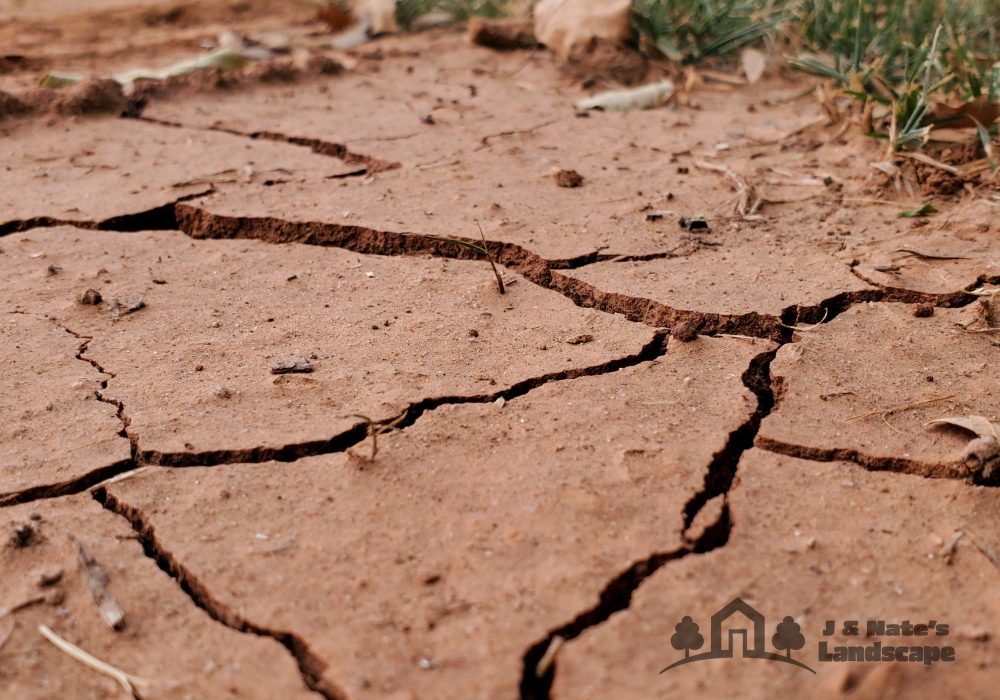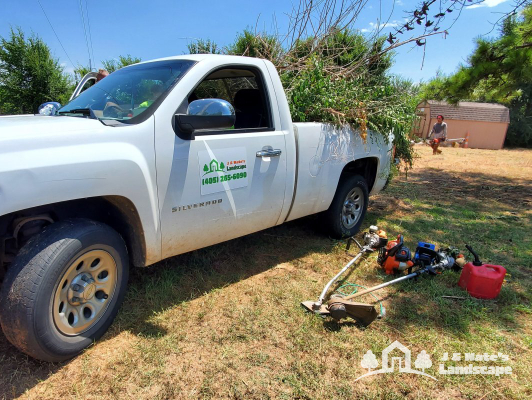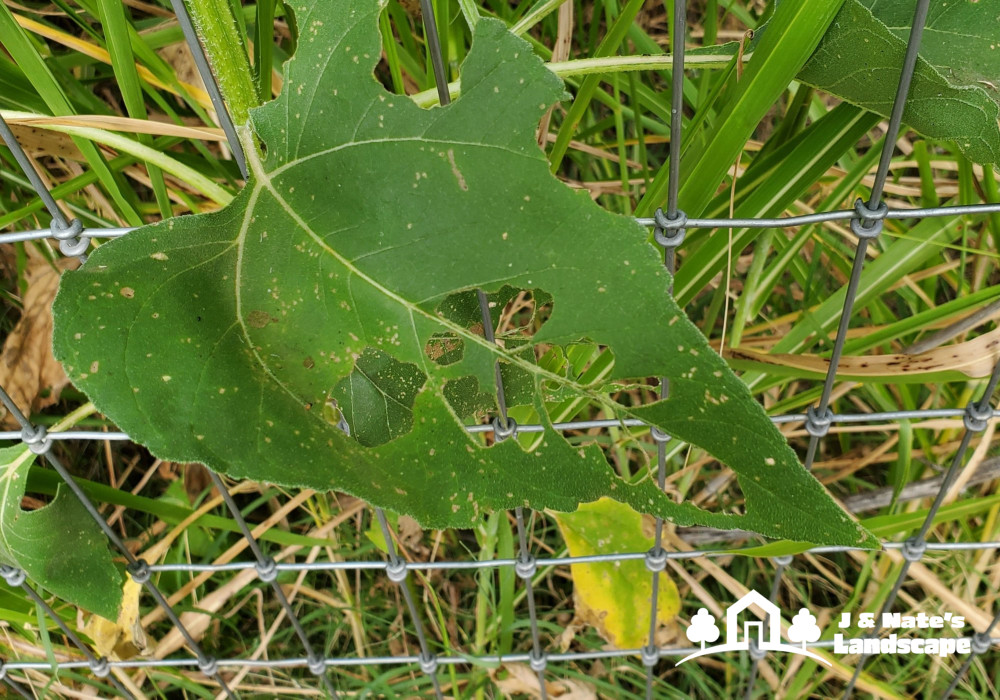If you're reading this, it means you're interested in giving your lawn the best care during the sweltering Oklahoma summer. Rightly so, a well-maintained lawn is more than just an aesthetic asset to your property. It's a reflection of your commitment to the environment. This comprehensive guide will walk you through the necessary steps to maintain and protect your lawn during summer. So, let's dive right in!
Understanding the Oklahoma Climate
Oklahoma's climate is largely classified as humid subtropical, which means it can get quite hot during the summer months. Understanding the nature of this climate and how it affects your lawn is the first step towards effective lawn care. So, what exactly does the Oklahoma climate mean for your lawn?

Effects of High Temperatures on Your Lawn
High temperatures can wreak havoc on your lawn. The intense heat causes evaporation, leading to dry and parched grass. It also escalates the spread of lawn diseases and pests. Knowing these challenges, the next logical question would be, how do you protect your lawn from these effects?
Complete Guide to Oklahoma Summer Lawn Care
The cornerstone of summer lawn care lies in knowing the right practices and implementing them at the right time. Here is your one-stop guide for all you need to know and do to maintain a healthy, vibrant lawn in Oklahoma's summer in Norman, Purcell, and surrounding communities.

Proper Watering Techniques
Watering your lawn might seem like a no-brainer, but it's more complex than it appears. When it comes to watering, timing and consistency are key. But how much water does your lawn need? How often should you water your yard?
Your lawn needs about 1 to 1.5 inches of water per week, and it's best to water early in the morning to minimize evaporation. Sprinkling lightly everyday isn't the best approach. Instead, water deeply and less frequently. This encourages the roots to grow deeper, making them more resistant to dry spells.
Lawn Mowing Practices
Did you know that how and when you mow your lawn can significantly affect its health? Here's what you need to know.
Mow your lawn regularly to maintain a height of about 2.5 to 3 inches. Taller grass shades the soil, reducing water evaporation and inhibiting weed growth. Also, remember to keep your mower blades sharp. Dull blades tear the grass, causing it to lose more water and making it more susceptible to diseases.
Fertilizing Your Lawn
Fertilizing provides your lawn with essential nutrients, promoting growth and overall health. However, improper fertilizing can do more harm than good. What's the right way to fertilize?
Use a slow-release, granular fertilizer, and apply it during the early summer months. This helps the grass grow strong without a sudden, unmanageable surge in growth. Also, don't overdo it. Too much fertilizer can burn your lawn, causing it to turn yellow or brown.
Weed and Pest Control
Summer is a high time for weeds and pests. Proper weed and pest control can be the difference between a lush, healthy lawn and a patchy, unhealthy one. But how do you control these unwelcome guests?
The key is early detection and treatment. Use pre-emergent herbicides for common summer weeds and contact a pest control expert if you notice signs of lawn pests. Also, remember that healthy, well-cared-for lawns are the best defense against weeds and pests.
Seeding and Aeration
If your lawn has bare patches or appears thin, summer is the best time for overseeding. And what about aeration? Should you aerate your lawn in summer?
Summer is generally not the best time for aeration. It's better to aerate in the cooler months of spring or fall. However, if your lawn is heavily compacted, you might consider summer aeration, but it's crucial to water deeply afterwards.
FAQs on Oklahoma Summer Lawn Care

Water your lawn 2-3 times a week, ensuring it gets about 1 to 1.5 inches of water weekly. Deep watering encourages roots to grow deeper, making your lawn more resilient in dry conditions. If your area is experiencing extreme Oklahoma summer heat, you may need to adjust your watering frequency.
Early morning is the best time to water your lawn. It minimizes evaporation, allowing the water to penetrate deeply into the soil.
No, mowing more frequently is not necessary. Maintain a height of 2.5 to 3 inches. However, avoid mowing in the heat of the day to prevent stressing the grass.
Apply a slow-release, granular fertilizer in the early summer months. This provides the nutrients your lawn needs without causing a sudden surge in growth.
Early detection and treatment are crucial for managing lawn pests, such as grasshoppers. If you notice signs of pests, contact a pest control expert.
Generally, it's better to aerate in spring or fall. However, if your lawn is heavily compacted, summer aeration can be considered, followed by deep watering.
Taking care of your lawn during Oklahoma's summer might seem like a daunting task, but with the right practices, it's more than achievable. Remember, a well-cared-for lawn is more resilient to the challenges that summer brings. With this complete guide to Oklahoma Summer Lawn Care, you are now equipped with all the knowledge and tips you need to keep your lawn healthy and beautiful throughout the season.
Call for a Lawn Care Quote
We'll diagnose your lawn and help you setup a treatment plan.
